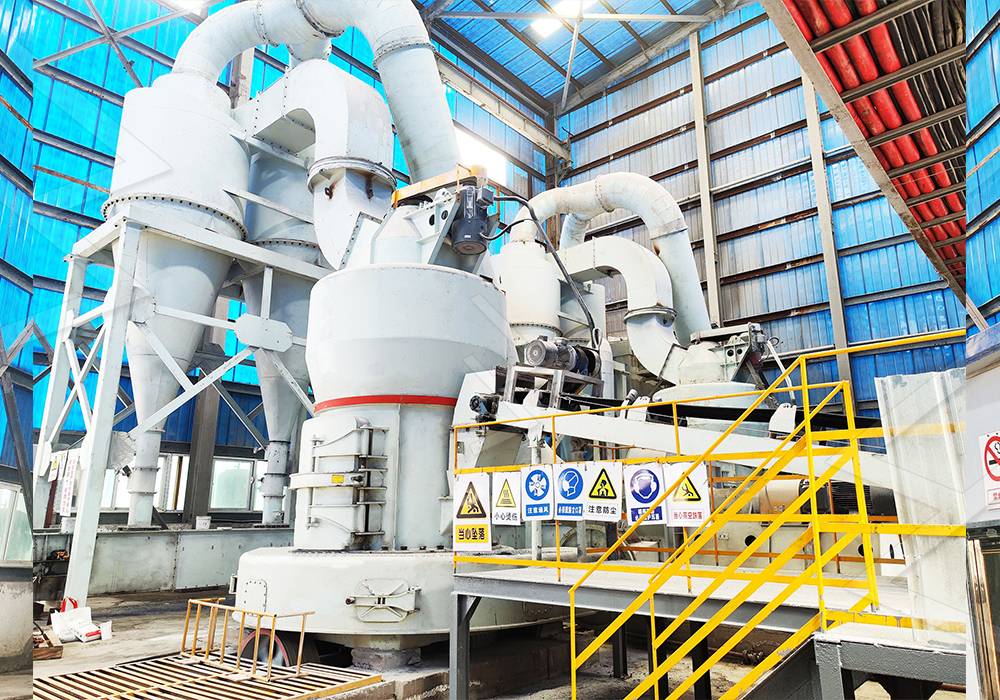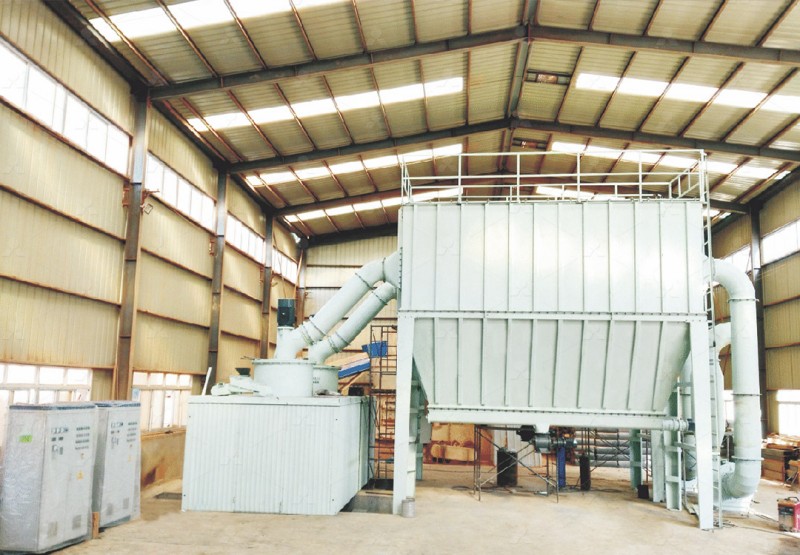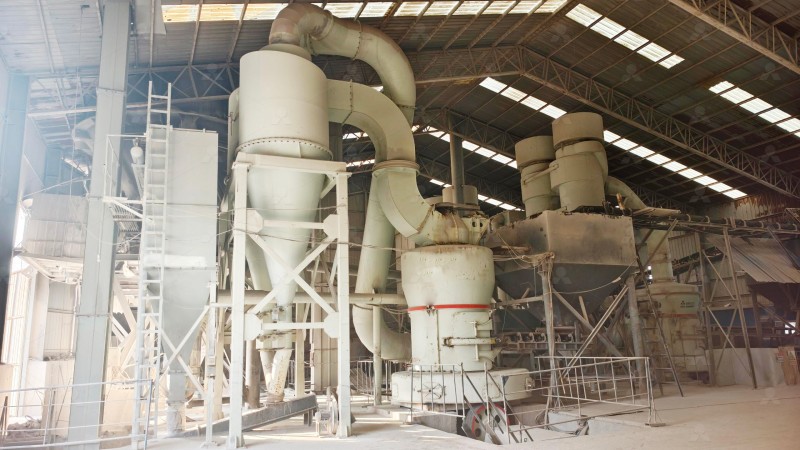Limestone Grinding Mill Rental Options for Industrial Applications
Navigating Limestone Grinding Solutions: The Strategic Advantage of Equipment Rental
For industrial operations requiring consistent limestone processing, the decision between capital expenditure on new equipment and flexible rental options represents a critical strategic choice. The evolving demands of construction, chemical manufacturing, and environmental applications necessitate grinding solutions that balance performance, operational costs, and adaptability to project timelines.

Rental arrangements for limestone grinding equipment offer distinct advantages for temporary projects, seasonal production peaks, or organizations seeking to validate equipment performance before committing to purchase. This approach minimizes upfront investment while ensuring access to technology specifically matched to material characteristics and output requirements.
Technical Considerations for Limestone Grinding Applications
Successful limestone processing depends on understanding material properties and matching them to appropriate grinding technology. Key factors include feed size distribution, moisture content, required production capacity, and final product fineness specifications. Industrial applications range from coarse aggregates for construction to ultra-fine powders for chemical processes and environmental treatments.
The MW Ultrafine Grinding Mill presents an exceptional solution for operations requiring high-precision limestone powders. With an input size capability of 0-20 mm and throughput ranging from 0.5 to 25 tons per hour, this system accommodates diverse production scenarios. The integrated pulse dust collector and muffler system addresses environmental compliance concerns while maintaining operational efficiency.

Operational Advantages of Modern Grinding Systems
Contemporary grinding technology incorporates innovations that significantly impact operational economics. The MW series demonstrates this evolution through its cage-type powder selector with German technology, enabling fineness adjustment between 325-2500 meshes with screening rates achieving d97≤5μm in a single pass. This precision eliminates the need for secondary processing in many applications.
The absence of rolling bearings and screws within the grinding chamber represents another engineering advancement, reducing maintenance interventions and eliminating failure points that traditionally plague grinding operations. External lubrication capability further enhances operational continuity, supporting 24-hour production schedules without shutdowns for maintenance.
Economic Analysis: Rental Versus Ownership
The financial case for equipment rental strengthens when considering the total cost of ownership beyond the initial purchase price. Maintenance responsibilities, parts inventory, technical expertise requirements, and equipment depreciation all factor into the economic equation. Rental arrangements transfer these burdens to the equipment provider while preserving capital for core business activities.
For organizations with fluctuating production demands, rental contracts can include scalability provisions, allowing equipment upgrades or capacity adjustments as project requirements evolve. This flexibility proves particularly valuable in industries with seasonal variations or contract-based production schedules.

Implementation Strategy and Technical Support
Successful integration of rental grinding equipment requires careful planning around site preparation, material handling systems, and operator training. Reputable providers include technical support services covering installation supervision, operational training, and maintenance assistance throughout the rental period.
The LUM Ultrafine Vertical Grinding Mill offers another sophisticated option for limestone processing, featuring PLC control systems and multi-head powder separating technology. With input size handling up to 10 mm and capacity ranging from 5-18 tph, this system provides complementary capabilities for operations requiring different processing parameters.
Frequently Asked Questions
What factors determine the appropriate grinding mill for specific limestone applications?
Key considerations include feed size, required production capacity, final product fineness specifications, moisture content, and available utilities. Our technical team conducts comprehensive material testing to recommend the optimal solution.
How does the rental process address maintenance and unexpected repairs?
Our rental agreements include comprehensive maintenance coverage and rapid response technical support. We maintain extensive spare parts inventories to minimize downtime, with service guarantees outlined in contractual terms.
Can rental equipment be customized for specific site requirements?
Yes, we provide configuration services to adapt equipment to existing material handling systems, space constraints, and utility connections. Modifications are engineered to maintain equipment integrity and performance specifications.
What technical documentation and training accompanies rental equipment?
We provide complete operational manuals, safety documentation, and hands-on operator training. Remote monitoring options are available for real-time performance optimization and troubleshooting support.
How does the MW Ultrafine Grinding Mill achieve energy efficiency compared to conventional systems?
The MW series incorporates optimized grinding curves and advanced separation technology, reducing energy consumption by approximately 30% compared to jet mills while increasing throughput by 40% under equivalent power conditions.
